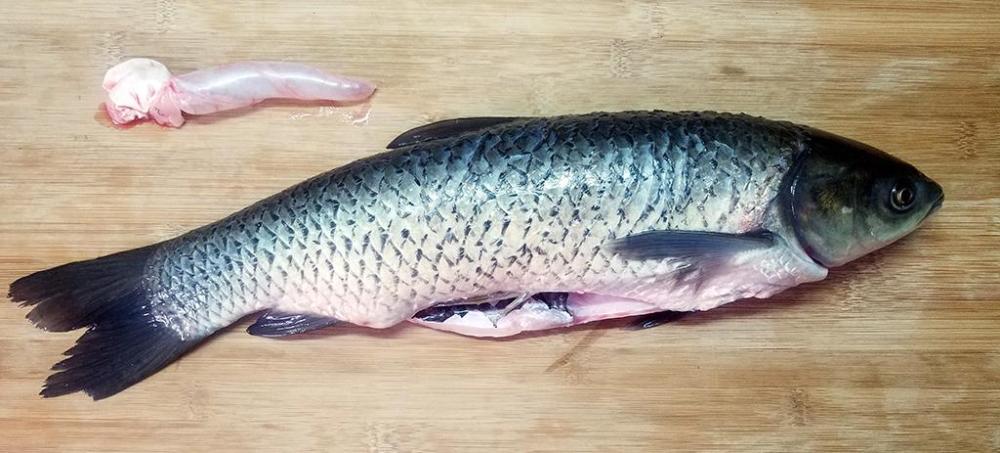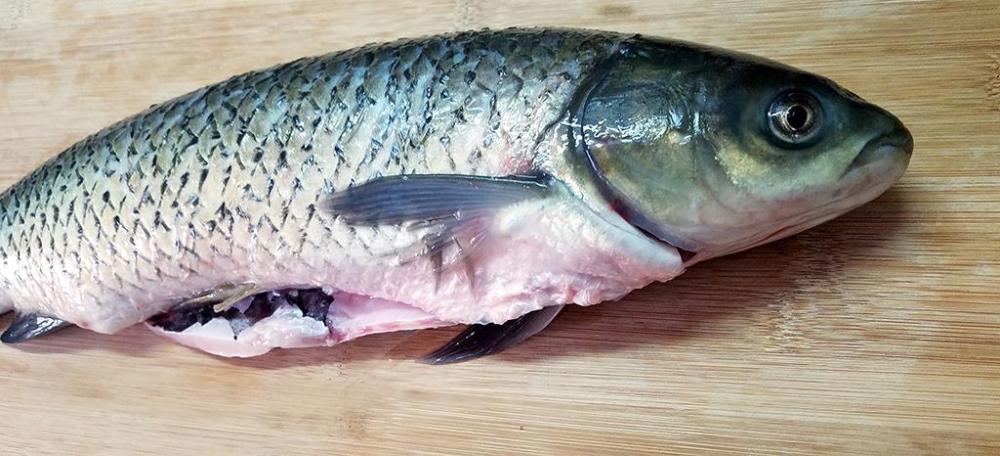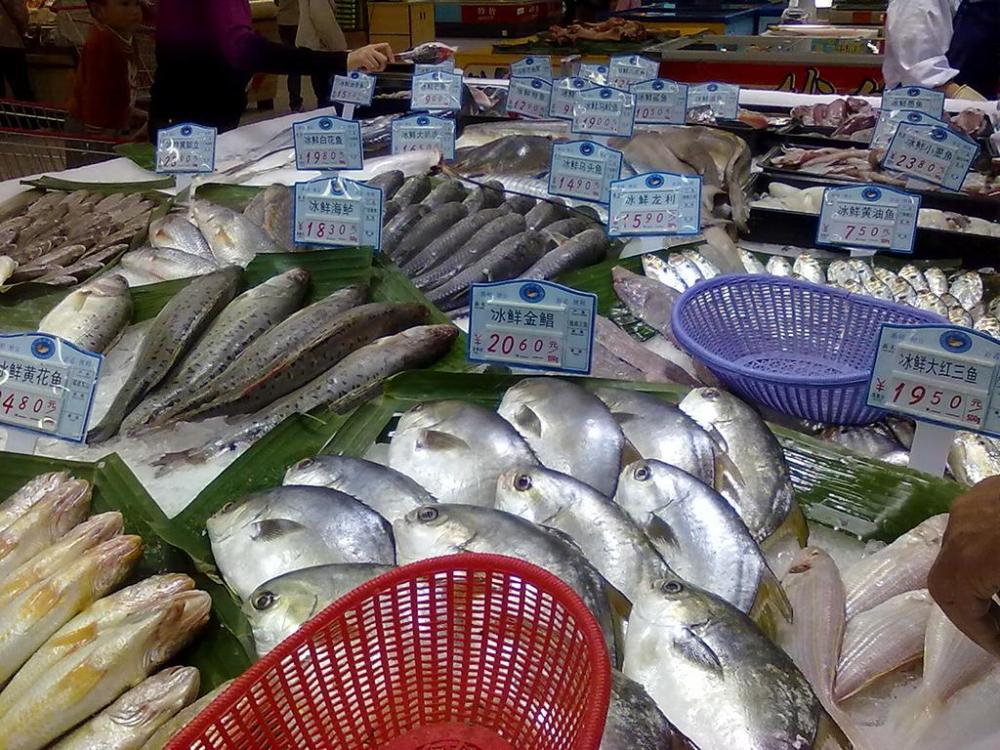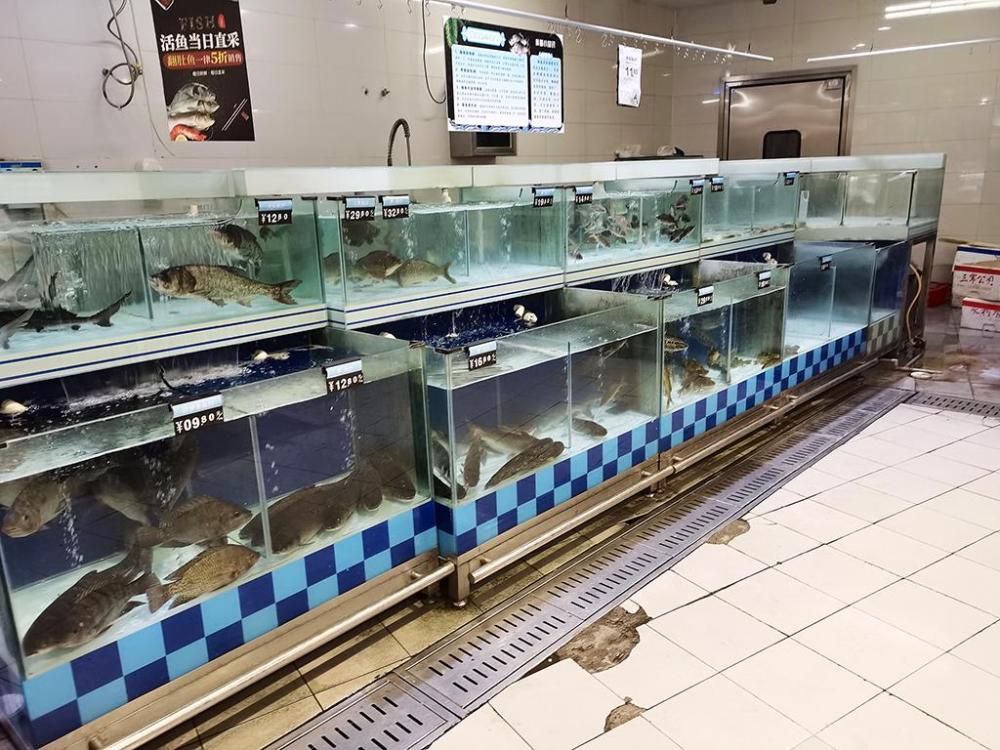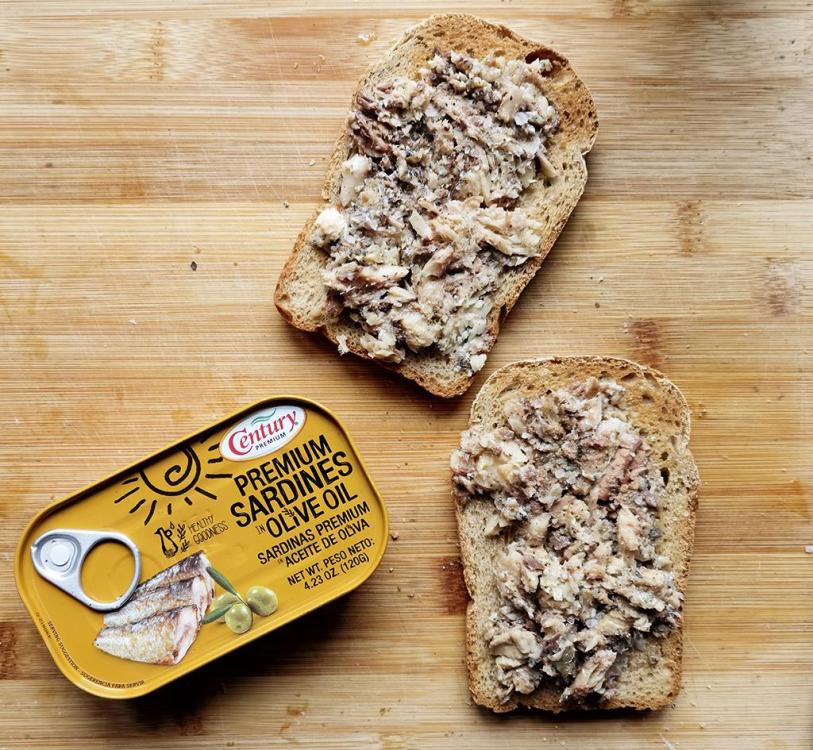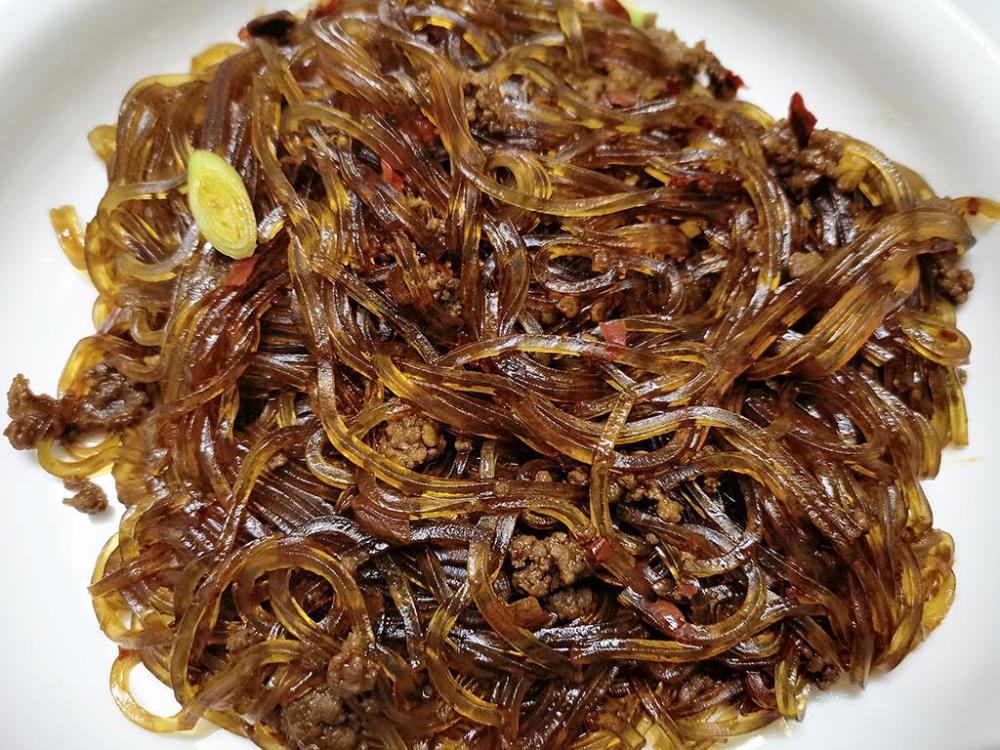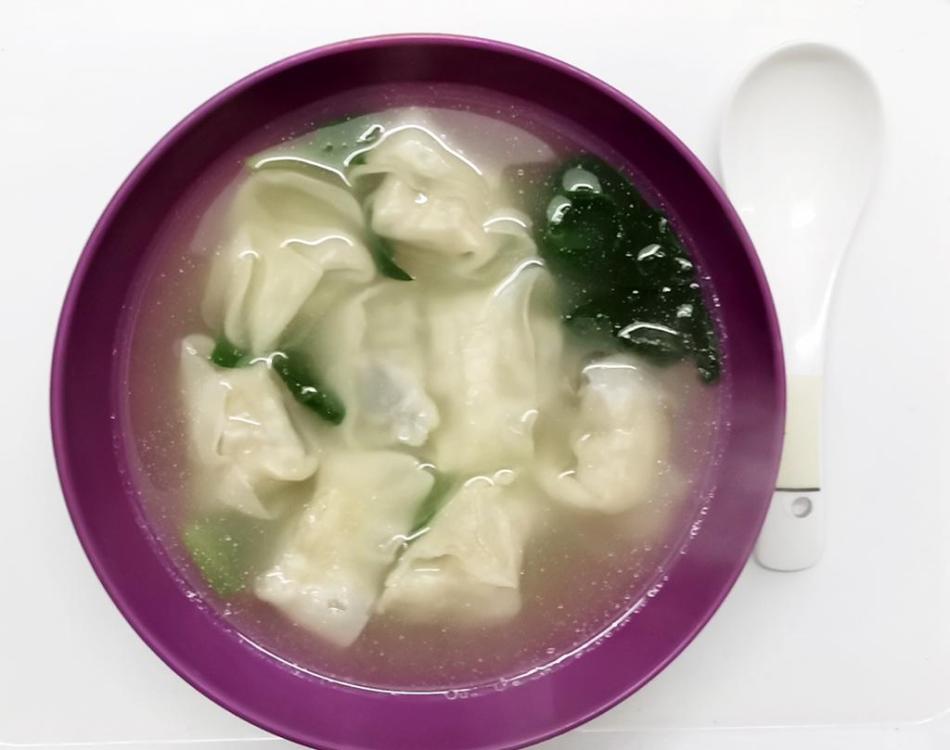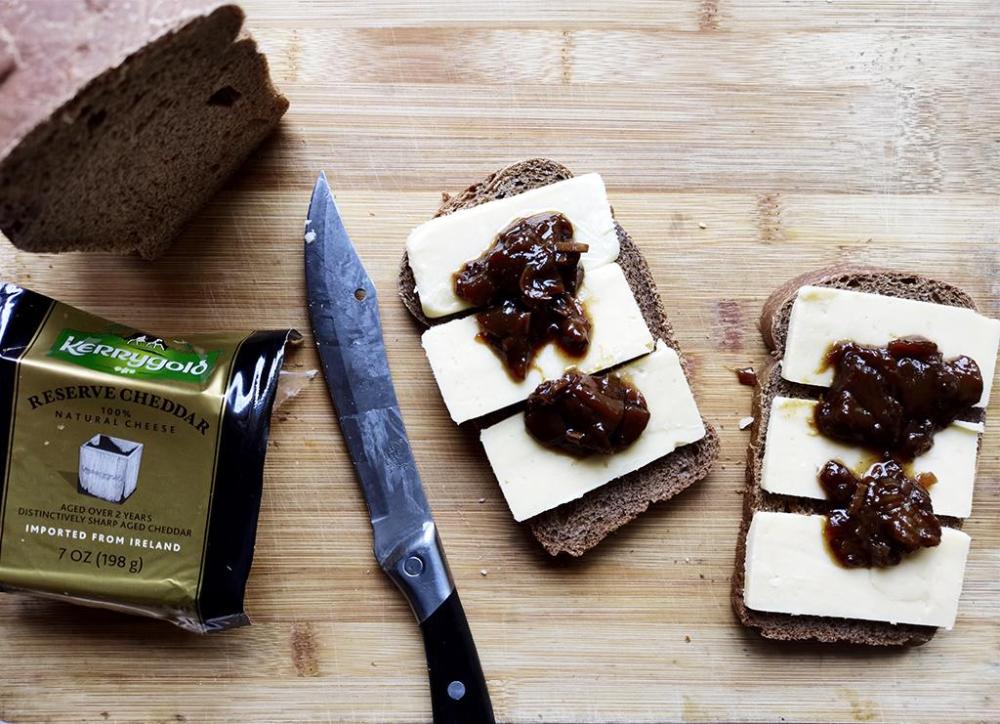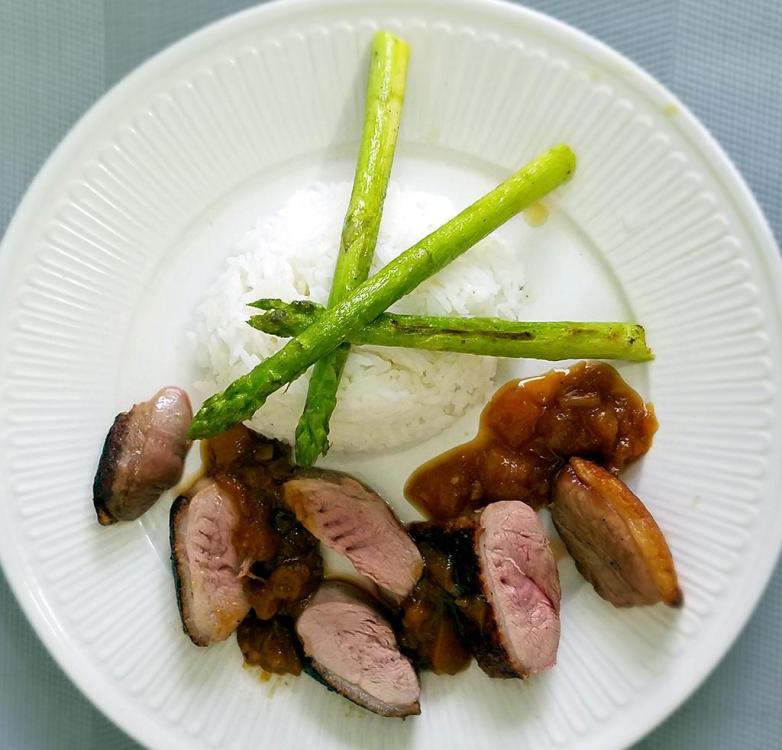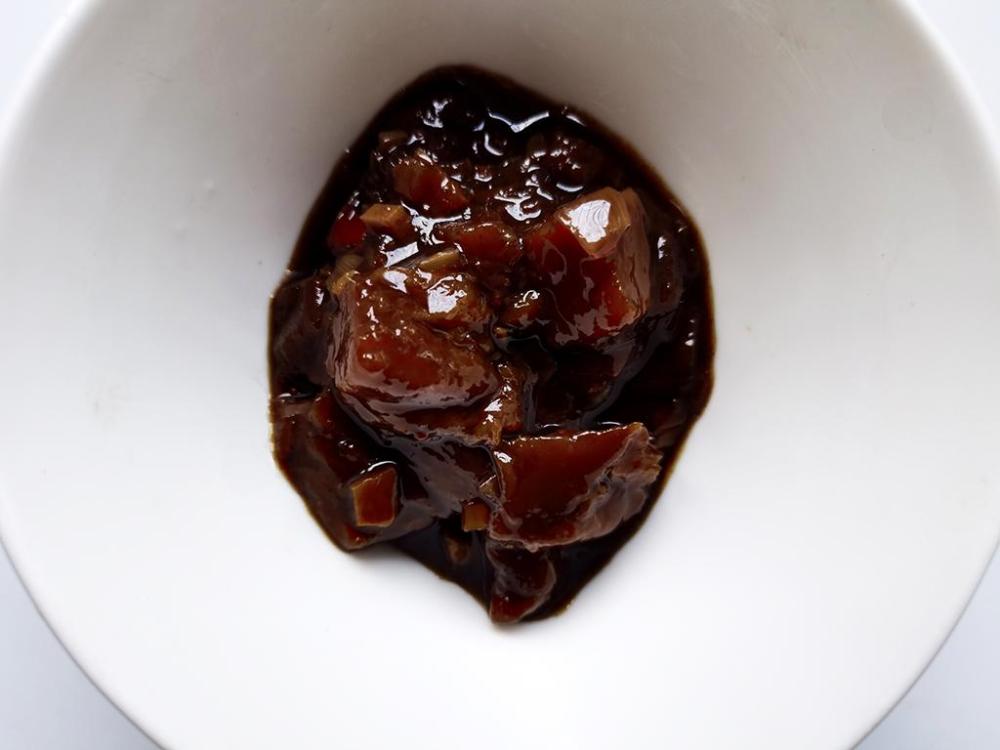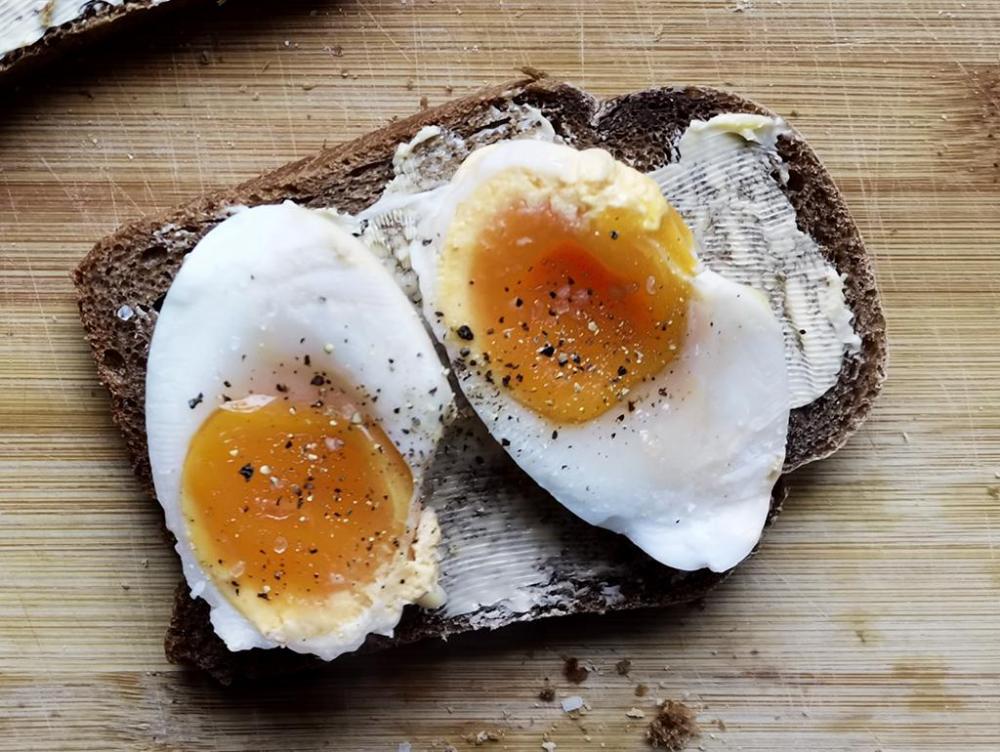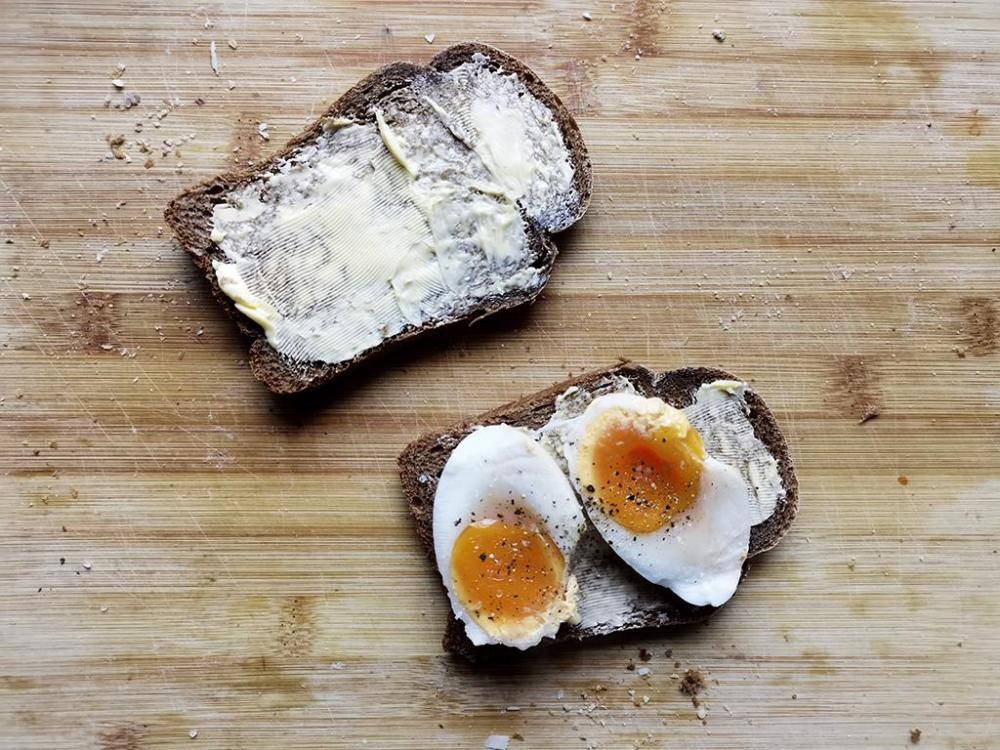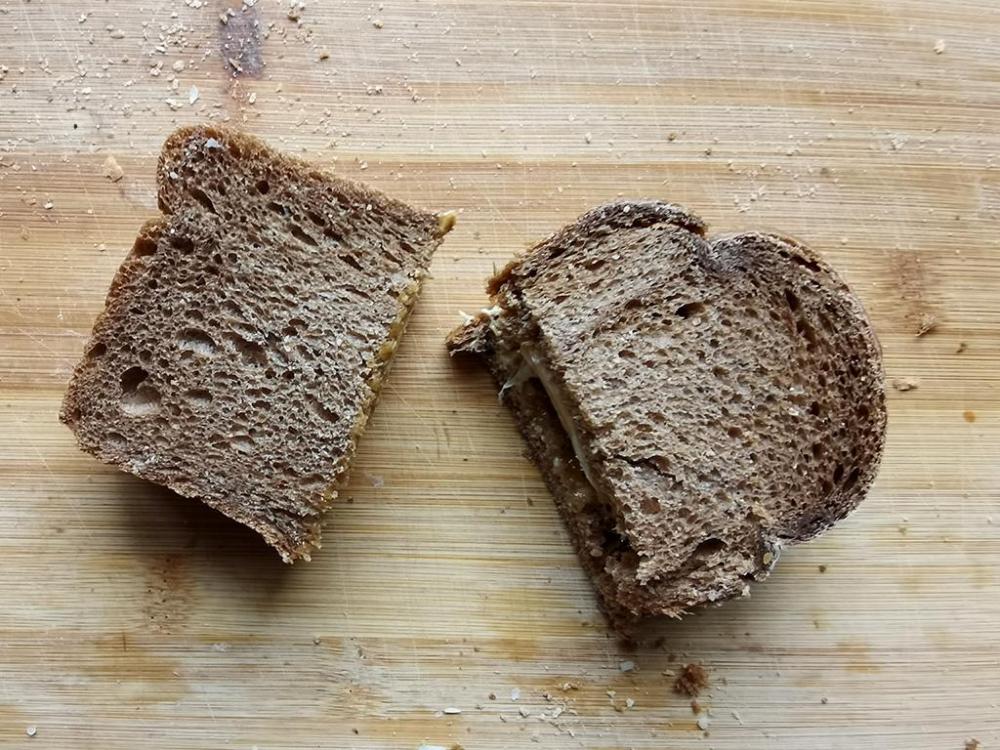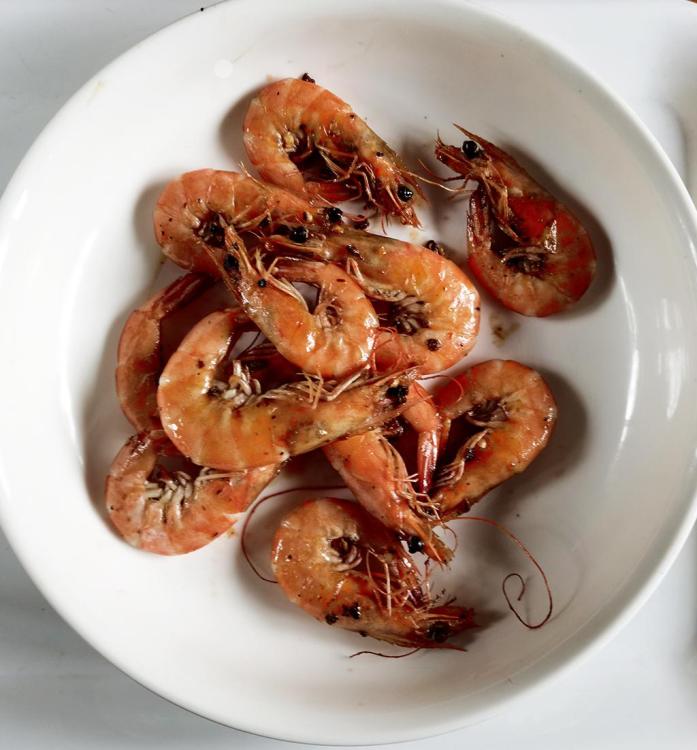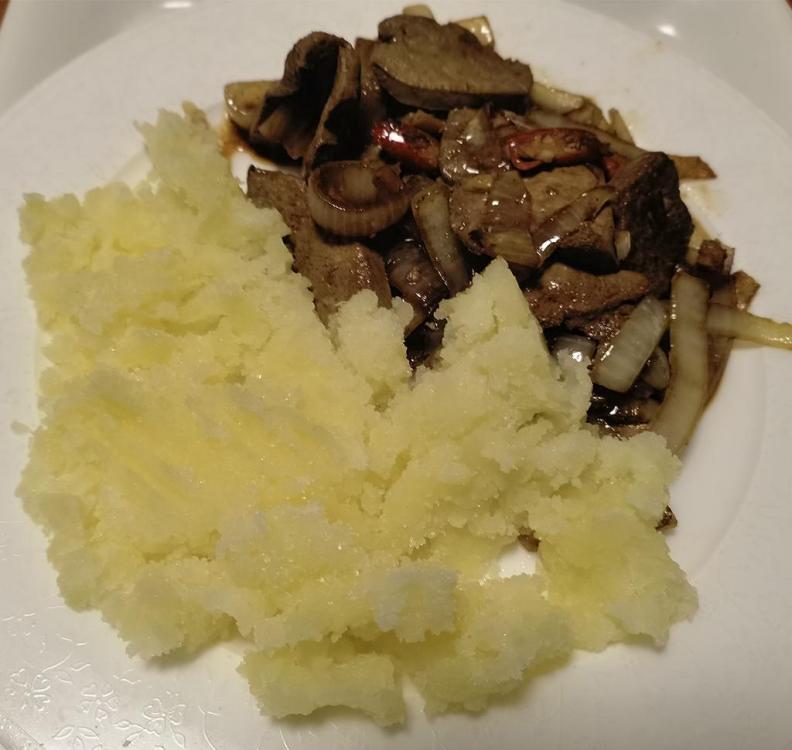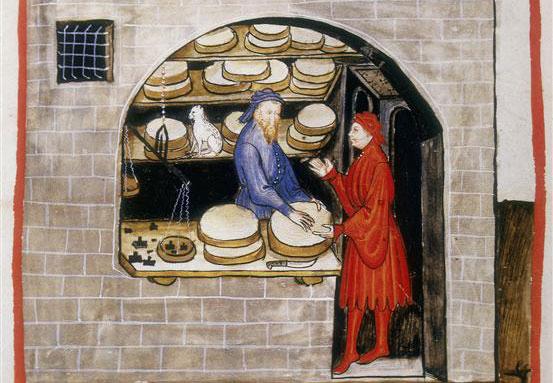-
Posts
16,662 -
Joined
-
Last visited
Content Type
Profiles
Forums
Store
Help Articles
Everything posted by liuzhou
-
I should have mentioned that when your server is preparing the fish, especially the freshwater fish, they may ask you if you want the creature's float bladder. They hope you will say "no". That way they can sell it separately and get paid for it twice. The totally tastlesss bag of air is prized by many Chinese for texture in soups. Can't see the point, myself. If you do want it, make sure you get it. Here is the same grass carp as in my previous post, but with its float bladder.
-
There are always some concerns about fish farming, yes. But they are not by any means confined to China. I'm just attempting to record what is available to me here and what the Chinese people tend to eat.
-
Would you consider the setting of the Pulp Fiction Ringo and Honey Bunny robbery scene to be a diner?
-
Sea fish in my local supermarket In the past I've started a few topics focusing on categorised food types I find in China. I’ve done Mushrooms and Fungi in China Chinese Vegetables Illustrated Sugar in China Chinese Herbs and Spices Chinese Pickles and Preserves Chinese Hams. I’ve enjoyed doing them as I learn a lot and I hope that some people find them useful or just interesting. One I’ve always resisted doing is Fish etc in China. Although it’s interesting and I love fish, it just felt too complicated. A lot of the fish and other marine animals I see here, I can’t identify, even if I know the local name. The same species may have different names in different supermarkets or wet markets. And, as everywhere, a lot of fish is simply mislabelled, either out of ignorance or plain fraud. However, I’ve decided to give it a go. I read that 60% of fish consumed in China is freshwater fish. I doubt that figure refers to fresh fish though. In most of China only freshwater fish is available. Seawater fish doesn’t travel very far inland. It is becoming more available as infrastructure improves, but it’s still low. Dried seawater fish is used, but only in small quantities as is frozen food in general. I live near enough the sea to get fresh sea fish, but 20 years ago when I lived in Hunan I never saw it. Having been brought up yards from the sea, I sorely missed it. I’ll start with the freshwater fish. Today, much of this is farmed, but traditionally came from lakes and rivers, as much still does. Most villages in the rural parts have their village fish pond. By far the most popular fish are the various members of the carp family with 草鱼 (cǎo yú) - Ctenopharyngodon idella - Grass Carp being the most raised and consumed. These (and the other freshwater fish) are normally sold live and every supermarket, market (and often restaurants) has ranks of tanks holding them. Supermarket Freshwater Fish Tanks You point at the one you want and the server nets it out. In markets, super or not, you can either take it away still wriggling or, if you are squeamish, the server will kill, descale and gut it for you. In restaurants, the staff often display the live fish to the table before cooking it. These are either steamed with aromatics – garlic, ginger, scallions and coriander leaf / cilantro being common – or braised in a spicy sauce or, less often, a sweet and sour sauce or they are simply fried. It largely depends on the region. Note that, in China, nearly all fish is served head on and on-the-bone. 草鱼 (cǎo yú) - Ctenopharyngodon idella - grass carp More tomorrow.
-
Portuguese sardines in olive oil (bones, skins, flesh and all) on toasted Russian wholemeal bread. Prepared and eaten in China by a Scottish man.
-
I've only ever made it using ripe (but not over-ripe) mangoes. I like the end result to have a little bite to it.The version I have now (and is shown in my first image) was made using a local variety of mango that remains green, even when ripe. I've never even thought of using unripe mangoes - it may work.
-
There is nothing contradictory about saying I know the etymology then sharing what I know about the etymology. I don't understand your comment, at all. Yes I read both the Wikipedia and Smithsonian articles and neither of them give a source for their claims. But I never argued in any way about constitutes a diner. I argued about the 'history' in those articles.
-
Sorry, but hat does not accord with the linguistic evidence. The word 'diner' on its own is first recorded in writing in 1815 as "One who dines; a dinner-guest' in the English poet, Leigh Hunt's poem 'The Feast of the Poets'. This the meaning still prevalent in the UK and other English speaking countries outside North America. There was a slightly old form 'a diner-out' recorded in 1807 again in England. The next meaning arrives in 1890 in the USA, meaning 'A railway dining car'. Then, again in the USA, as a 'A restaurant, orig. and still occasionally one built to resemble a railway dining-car. In 1865 the New Statesman magazine carried an article stating No mention of horse-drawn food carts. Even the Wikipedia article offers no evidence for that. There is a very good reason Wikipedia is banned as a source in most of academia. The Smithsonian article is similarly short on evidence and unable to decide on whether they were lunch cars or diners. From the descriptions and criteria here, I don't see 'diners'as being 'caffs' or 'cafés'. 'Transport cafés', perhaps, but you don't get them in cities. They are atypical.
-
Indeed. Also, I'd say there are more garam masalas than there are Indian cooks. Most cooks have more than one. In fact, I doubt many make the same one twice!
-
It's easier than it looks. Mincing the meat was the most difficult as it was hand done. Normally, I do it with two cleavers using my best Ringo impersonation technique. But I had great fun chasing bits of beef around the kitchen!
-
I really can't think of an equivalent in the UK. From your descriptions, I'm guessing they don't sell alcohol. Correct?
-
蚂蚁上树 (mǎ yǐ shǎng shù), usually translated as "Ants Climbing a Tree". This is a beef version, not that that would be "inauthentic"; Sichuan cooks do both pork and beef versions. Ingredients. Glass noodles, minced beef, garlic, Shaoxing wine, light soy sauce, dark soy sauce, doubanjiang, chicken stock (beef stock would have been better, but chicken was what I had) scallions. Most of the scallions are lurking in the undergrowth in my image.
-
-
I know the railroad car meaning came earlier than the current meaning, but long after the original meaning which is the one still used in Britain and elsewhere. The person dining.
-
Staff note: This discussion was split from the The Diners in Your Life topic, to maintain focus. That topic title confused me. For me and most people outside the USA, I expect, a diner is a person who dines i.e all of us! I only have a vague notion of what actually defines an American diner; anyone care to elucidate? I know the etymology, but that doesn't really help.
-
Nothing shameful about leftovers when they are so well used.
-
Mature Irish cheddar cheese on Russian rye bread with homemade spicy mango relish. Recipe for spicy mango relish
-
150 grams soft brown sugar 150 ml white wine vinegar 3-4 mangoes I star anise 2 cloves garlic, chopped ½ red onion 1 thumb ginger 1 red chili 1 teaspoon black mustard seeds salt and pepper to taste Dissolve sugar in vinegar then add everything else. Simmer for 25-30 minutes. Cool. Keeps in the fridge for months. Excellent with cheese or ham. Or both. Also with poultry. Duck and asparagus with spicy mango relish and rice.
-
I just watched episode two and loved it. Sadly, I undertand that's it. No more episodes, which is a pity as it ended on bit of a down note with that space cadet turning up! But I won't discuss the politics here. I want to go eat with Pancho! Just hold the cØrn!
-
-
I just watched the first episode of this series from PBS. I know nothing about Mexican or Tex-Mex food, so learned a lot. In places it was even quite moving. Did get annoyed when some joker, who claimed to be able to tell which dish a cow was most suitable for just by looking at the live animal, announced that Angus beef is an English breed. No. It. Isnt. It's Scottish! Grrr! Then the Mexican journalist Alfedo something who is a terrible driver. He is driving around waving both hands in the air more than he is holding the steering wheel! But the food was fascinating.
-
To start: Salt and pepper prawns. Salt, Sichuan peppercorns and kashmiri chilli flakes. Prawns I bought live, but they didn't make it through the night in the fridge. Stir fried with the spices - shell and heads on. To continue: Chinese liver and onions. Pig's liver flash fried in bacon fat with white onion, bacon, garlic, ginger, Shaoxing wine and soy sauce. Bizarrely, served with buttery mashed potato. Con fusion food. Sorry. Terrible image. Having lighting problems.
-
-
They also explain the connection between rotting and fermenatation in some detail. I can see nothing wrong with the article.



